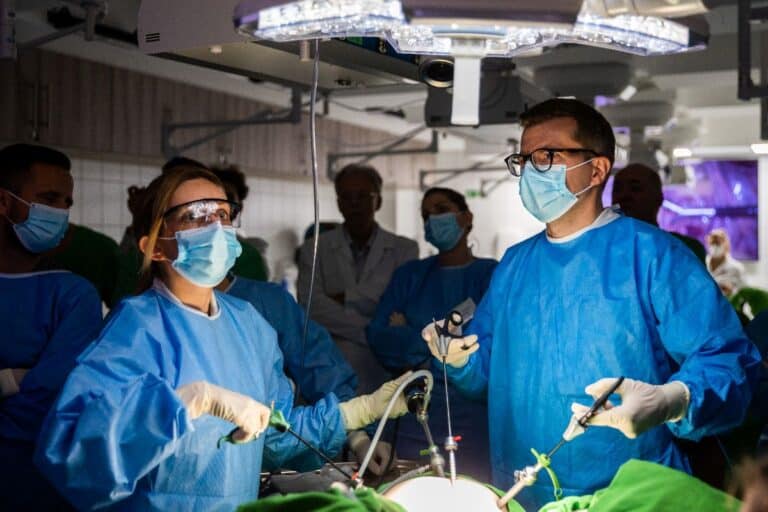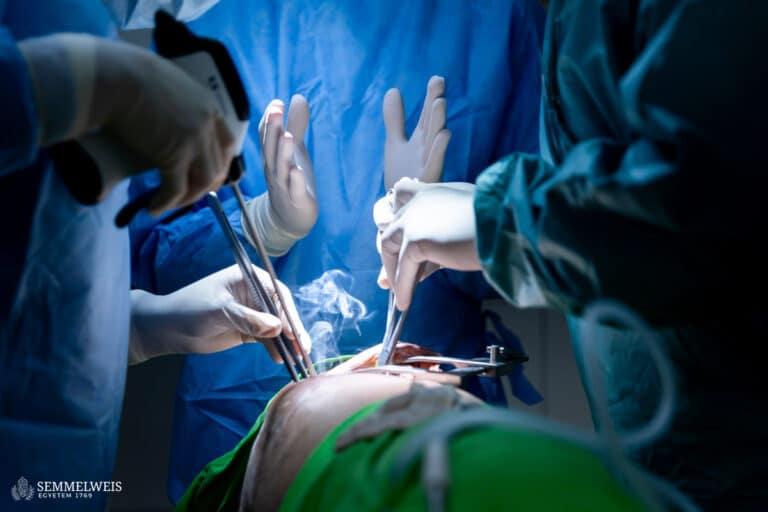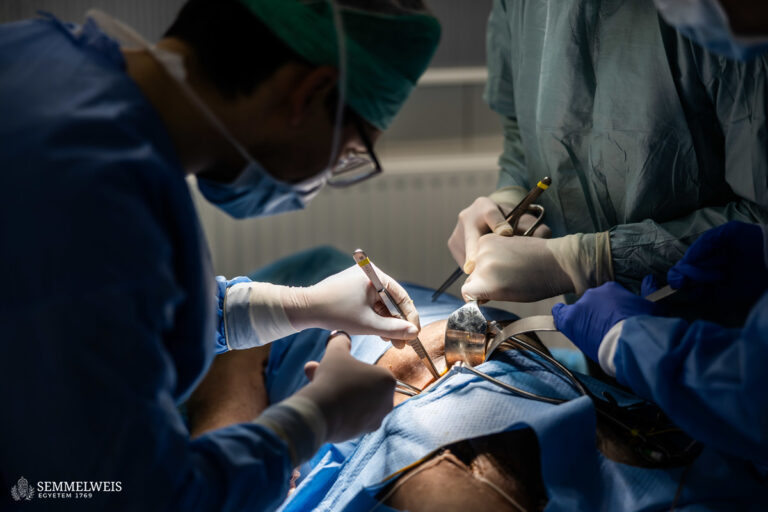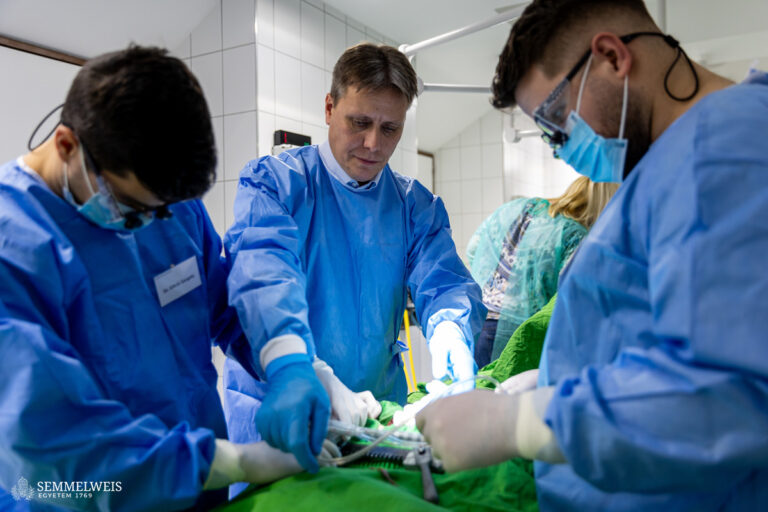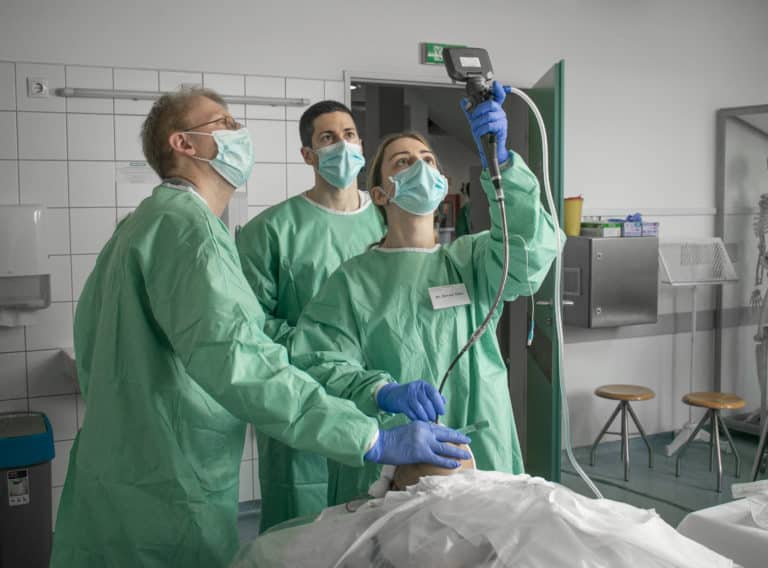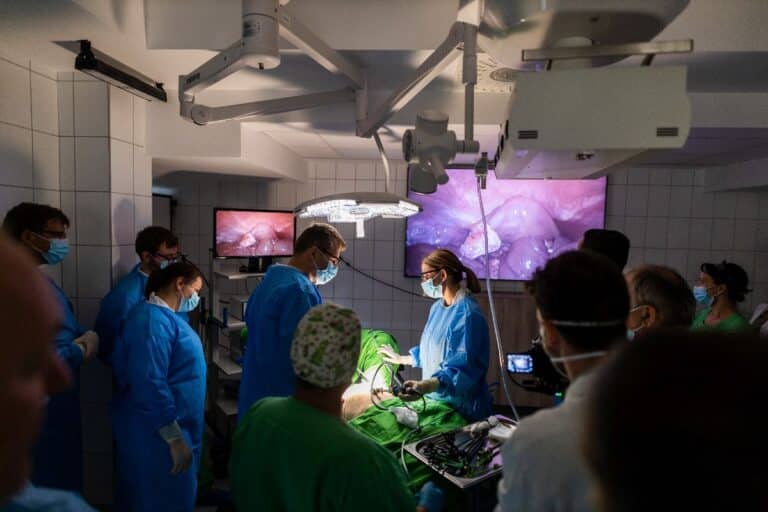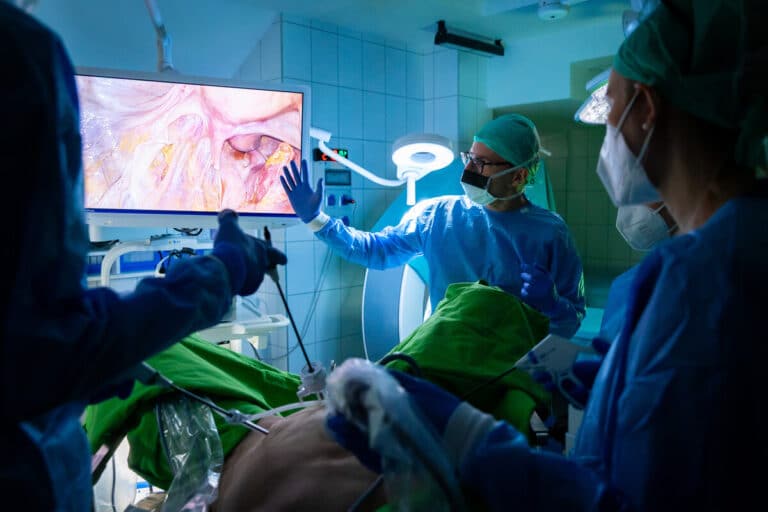About us
Through cadaver-based education, clinical collaboration, and advanced infrastructure at Semmelweis University in Budapest, we bring together surgical expertise, anatomical excellence, and cutting-edge medical technology to shape the future of surgical practice. Rooted in Tradition, Focused on Progress Based at Semmelweis University in Budapest, Hungary, our working group operates within the Department of Anatomy, Histology and …
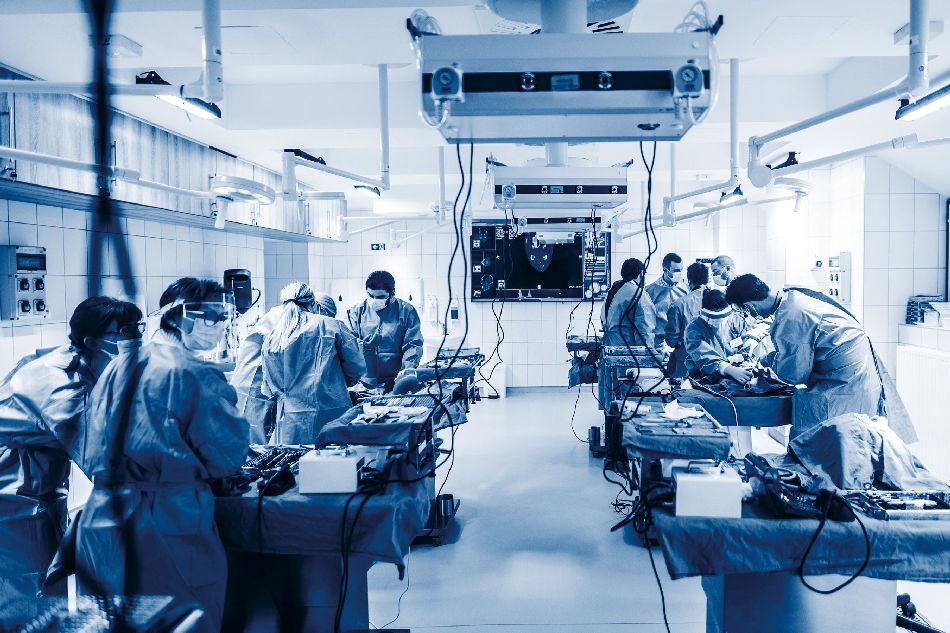
Useful links
Contacts
Address
1094 Budapest, Tűzoltó utca 58.
1094 Budapest, Tűzoltó utca 58.
Phone
+36 1 4591500 / 53688
+36 1 4591500 / 53688
E-mail
cadavercourse@med.semmelweis-univ.hu
cadavercourse@med.semmelweis-univ.hu
